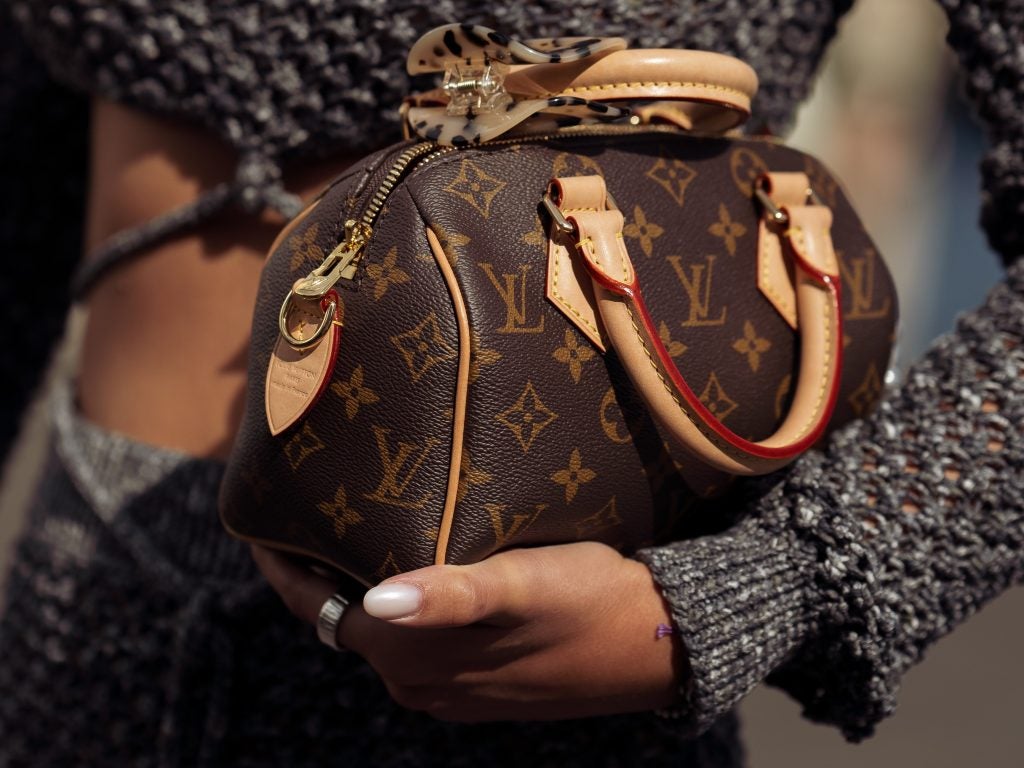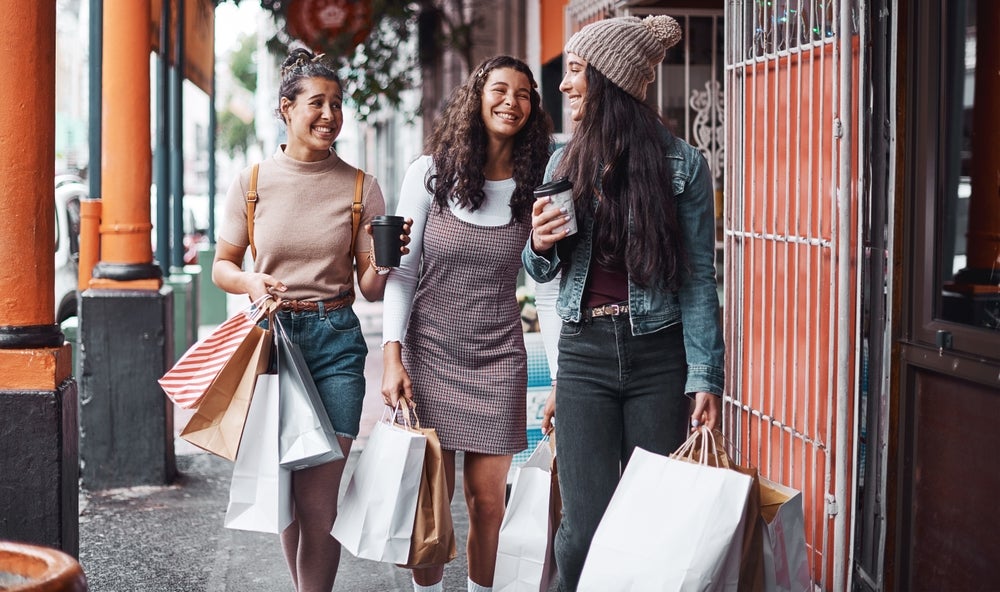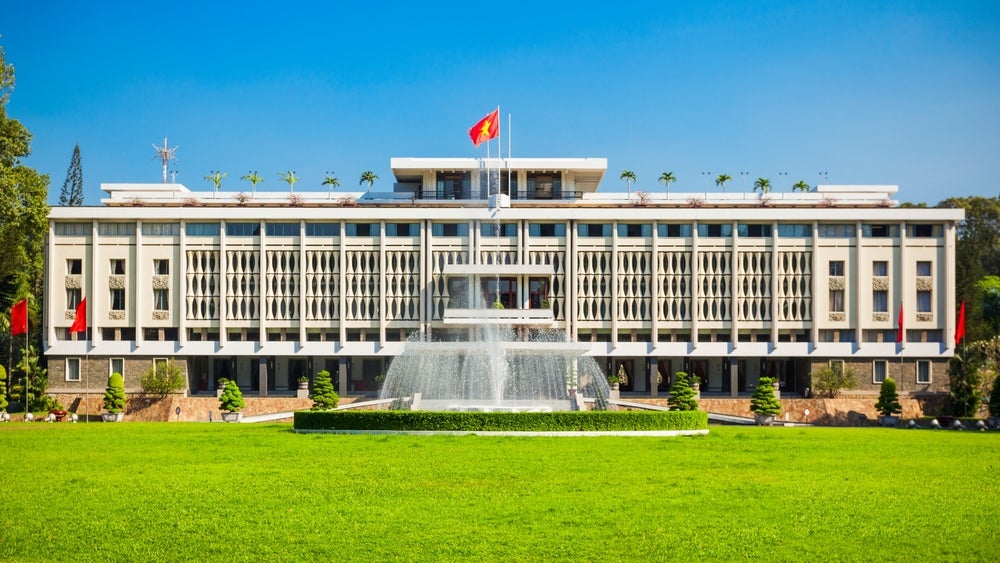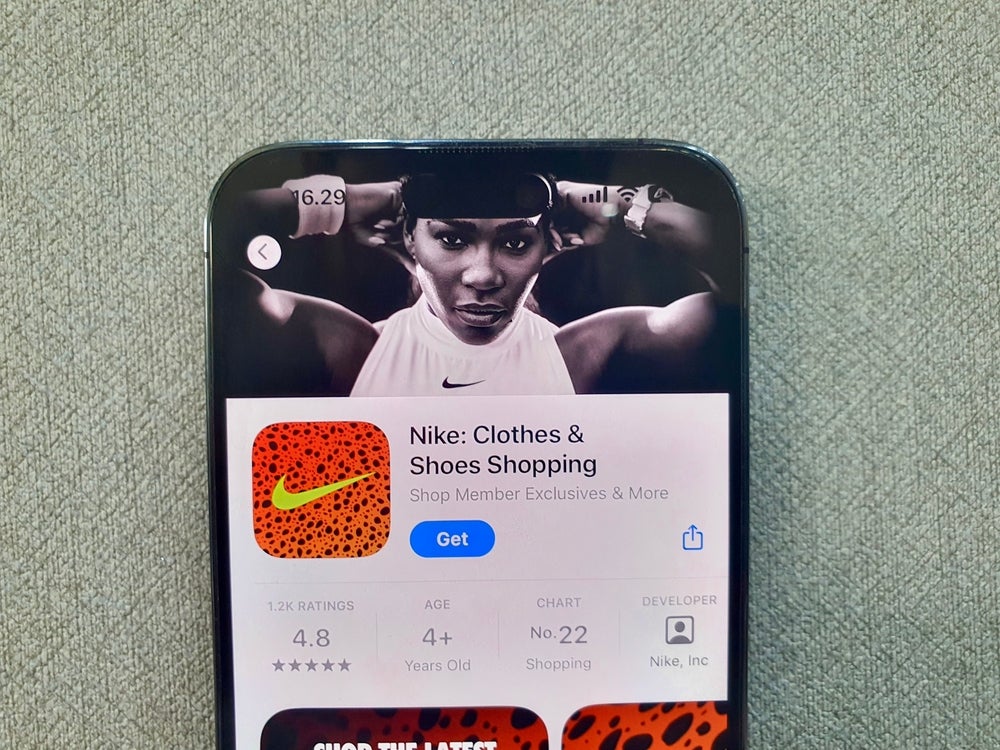Capri Holdings, which owns luxury brands Versace, Jimmy Choo and Michael Kors announced last week (8 August) that its revenue decreased 13.2% on a reported basis and 12.1% in constant currency for Q1 (ending 29 June 2024).
The company's chairman and CEO John D. Idol admitted he was disappointed with the results and blamed a "challenging global retail environment".
Fellow major luxury players LVMH, Burberry, Kering and Mulberry also reported declining sales in their most recent results with the downward trend collectively being dubbed as “the luxury fashion slowdown".
The personal luxury goods market is expected to have the weakest sales growth since the height of the pandemic this year, according to consulting firm Bain and Company's Spring 2024 'Luxury Goods Worldwide Market Study'.
Claudia D’Arpizio, a Bain & Company partner and leader of Bain’s global Luxury Goods and Fashion practice, the lead author of the study suggested: “Many [luxury brands] are navigating a momentary crisis, driven by macroeconomic pressures and a polarised customer base.
She added: “This presents a unique moment to define a new way forward for their brands, fostering a more personal connection with their customers. Purpose and love will be the north star for brands that thrive in this increasingly competitive market landscape.”
What is causing a slowdown in luxury fashion?
After three years of post-pandemic boom with a total growth of 24%, 2023 marked the beginning of a progressive slowdown as the luxury market grew by just 4% to $362bn, according to Bain & Company.
It added the market performance in 2023 softened quarter by quarter, and uncertainty remained at the end of 2023 with diverging signals coming from a reaccelerating Chinese market and decelerating markets in the US and Europe.
This uncertainty has continued into 2024 with GlobalData retail analyst Neil Saunders telling Just Style exclusively: "The main factor is a consumer that has run out of steam. Finances are much tighter, especially among middle-income consumers, and this is dragging down how much money people have to spend on luxury."
This downturn has been wholly attributed to the economic performance of key markets which Saunders notes is “directly” linked to luxury.
GlobalData apparel analyst Louise Deglise-Favre adds: "Despite its initial resilience, the luxury market is finally suffering from the impacts of lasting inflation in Europe and the US which is dampening spend among aspirational shoppers, as well as the economic downturn in China."
In Deglise-Favre’s analysis of LVMH’s Q2 FY2024 and Kering’s H1 FY2024, she highlights China’s “deep-rooted” economic issues dragged down the luxury brands' sales growth in Asia by 10% and 22% respectively.
In fact, she shares China's slowing economy led its government to ask its residents to stop flaunting their wealth, which subdued purchases of new luxury items.
“The real estate crash is also disproportionately affecting the middle class in China, as well as spending shifting to Japan and Europe due to preferable exchange rates,” she says.
Bain & Company points out a flattening of the market makes it even more important for luxury brands to focus on creativity and innovation that will pique consumer interest as opposed to missing the mark, while keeping a close eye on profits and costs throughout the supply chain.
Can mass fashion benefit from luxury’s slowdown?
The luxury fashion sector's struggle does give mass-market fashion brands an opportunity to capitalise on this shift.
Saunders notes: "The problems of luxury can be helpful to mass fashion brands, especially those at the higher end of the market. There is definitely some trading down, especially among middle-income consumers."
However, it's not all positive for mass-market brands as the same economic factors affecting luxury brands are also impacting the broader market.
Saunders warns that while mass fashion brands do make some gains from the top end of the market, they also see losses from lower-income consumers buying less.
“The same economic dynamics that impact luxury brands affect the mass brands. A weak economy isn’t great for anyone,” he states.
During economic downturns, Saunders suggests consumer behaviour shifts with shoppers becoming more “considered and discerning". Plus, consumers compare prices more carefully and reduce overall purchases. According to Saunders, this is a change that affects both luxury and mass-market segments, leading to a polarisation in results within both sectors.
“Some retailers and brands do OK, others really suffer because their propositions are not optimised,” he shares.
Deglise-Favre argues there won't be much of an impact from the luxury slowdown on the mass market since the segments target different consumers.
She did admit however that the premium segment could be the unexpected winner, stating: "The premium segment will likely benefit from the luxury slowdown as some aspirational shoppers who are now unable to afford luxury will turn to some highly desirable premium brands instead."
Luxury players feel the loss of the “aspirational shopper”
Aspirational luxury shoppers have been forced to rein in spending throughout high inflation and macroeconomic issues leaving many brands experiencing slowdowns in the first half of the year.
Deglise-Favre labelled Kering’s flagship brand Gucci as the “black sheep” following a continued underperformance due to a “crippling lack of demand” for it, with H1 sales dropping 20.3%.
She describes the lack of excitement for Gucci’s new collection by new creative director Sabato de Sarno as “worrying,” adding that Gucci’s troubles also lie in its positioning.
“It is too expensive for aspirational shoppers yet not exclusive enough for the ultra-wealthy, who favour competitors such as Hermès and Louis Vuitton,” she says.
Saint Laurent's reliance on aspirational shoppers has also plagued its performance with sales dropping by 8.6% as this demographic cuts back on spending amid economic difficulties.
Bottega Veneta was Kering’s saviour in H1 as the only named brand that avoided a decline and Burberry issued a profit warning in January on weak demand in both the US and EMEA.
For Ferragamo the luxury slowdown saw its sales drop 7.6% in 2023, with declines across retail, wholesale and every market apart from Europe, the Middle East and Africa (EMEA).
With demand being difficult to control, some luxury brands are editing down ranges and focusing on things they can control like costs and distribution to “protect margins rather than drive sales at any cost,” explains Saunders.
However, he argues most luxury brands don’t engage in discounting as they fear it may damage their brand position.
He advises this is a benefit for mass-market brands as they can emphasise their low prices and bargains far more to entice shoppers.
Industry shift between luxury and mass fashion in the long-term
The current slowdown may lead to lasting changes in the fashion industry. Saunders predicts "we will likely see some changes in where products are made as brands search for lower-cost locations. There may also be some consolidation in the industry with stores closing."
In this delicate luxury climate, Deglise-Favre emphasises that strong brand equity becomes crucial and “only those that appeal to the ultra-wealthy or have superior fashion credentials are likely to succeed."
She expects brands like Miu Miu and Loewe to triumph thanks to their “highly desirable” designs and ability to consistently stay ahead of trends. As Hermès leather goods remain “status-signifying items” among the highest echelons of society, she believes the brand will continue to outperform the rest of the luxury market after reporting a 13% revenue growth in Q1.
Bain & Company sees the downward turn as a momentary blip, as opposed to a long-term trend, projecting the personal luxury goods market will grow from 0% to 4% in 2024 to reach $388bn to $403bn.
Bain & Company believes tourist spending could contribute to the recovery of the US market and an acceleration of growth in China and the Middle East.
The luxury slowdown serves as a reminder that no segment of the fashion industry is immune to economic pressures. However, it also presents opportunities for brands at all levels to reassess their strategies, strengthen their market positions, and emerge stronger in the long run.
















